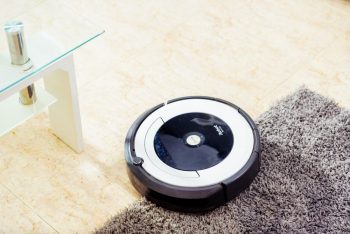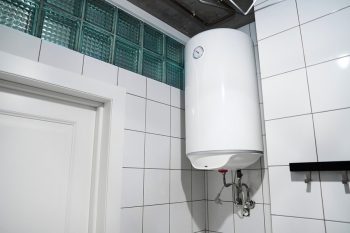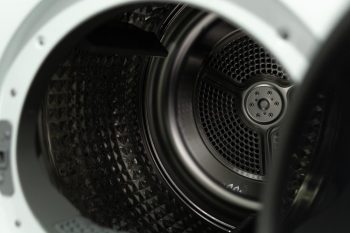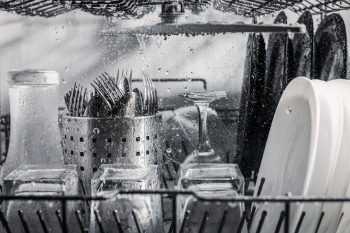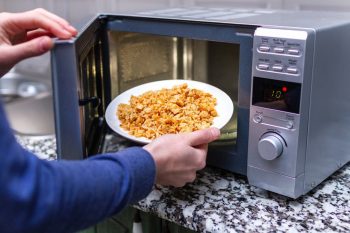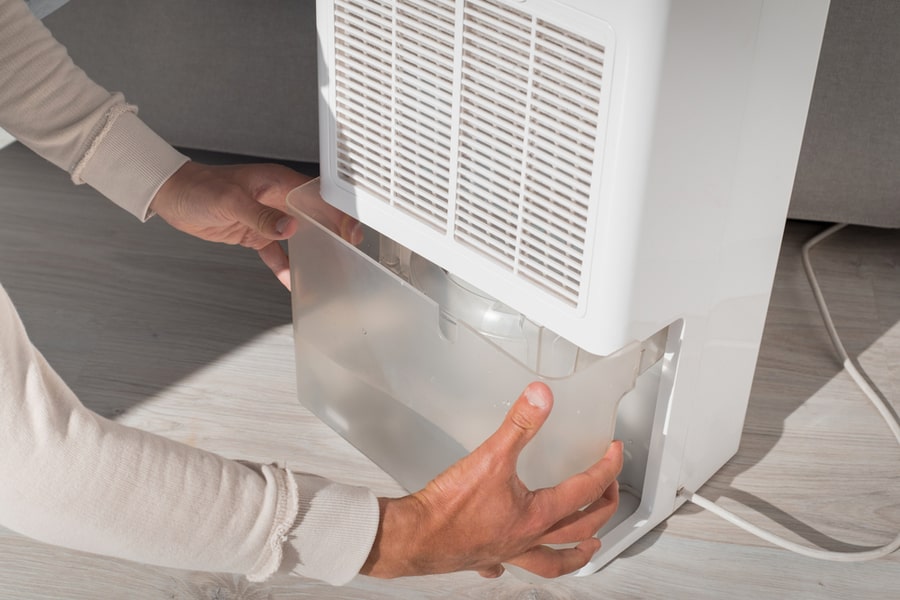
Dehumidifiers are some of the most important devices around the house. They are essential to keeping rooms dry and improving air quality. Drier rooms are less damp, giving you and your family better comfort.
However, it can be slightly concerning if your dehumidifier fills up with water too fast or too slow.
Fortunately, things might not be as bad as you think. A couple of reasons can cause the appliance to fill up at different rates without having issues with the unit.
This post will examine factors affecting your dehumidifier’s filling rate and how to improve the unit’s performance.
Typically, your dehumidifier should collect between 20 and 70 pints of water daily.
However, some factors affecting the dehumidifier’s filling rate include humidity and temperature levels, the unit’s capacity, and faulty fans.
Likewise, you might also have a problem with blocked air filters and frozen evaporator coils.
Stick around to learn more about your dehumidifier’s functionality and how to use it efficiently.
What Is a Dehumidifier?
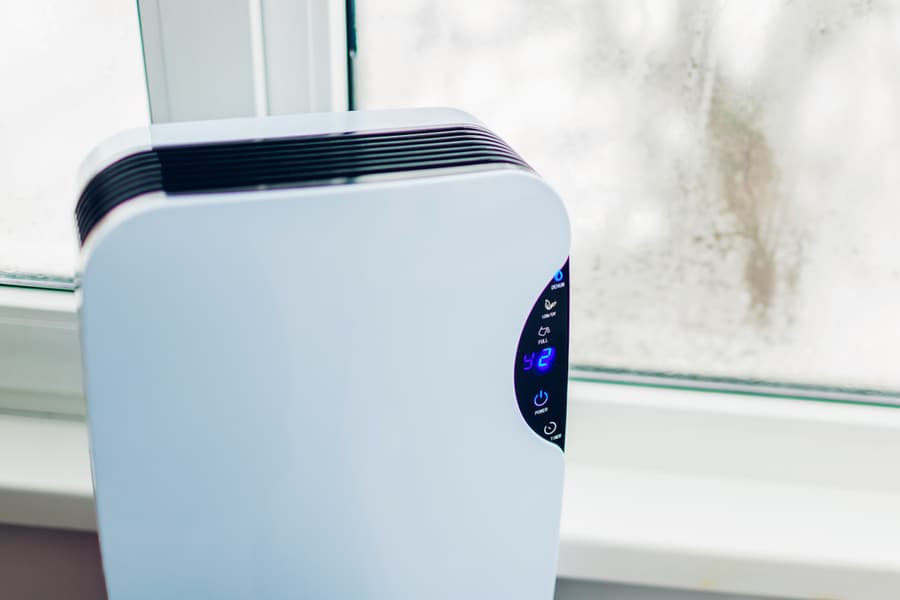
Dehumidifiers are essential devices to regulate humidity around your home. They work by drawing in warm moist air through a fan and passing it through evaporator coils, where it gets cooled.
Any excess moisture condenses on the cold evaporator coils and drips down to a drain pan or reservoir while dry air is blown back into the room.
Since the drain pan can only collect a certain amount of condensation, the collected water must be regularly drained for proper performance.
There are three main ways to empty the water: using the gravity or drain line at the back of the dehumidifier, using a condensate pump to pump out the water, or manually removing the drain pan.
Most devices have a humidistat that helps control and regulate the humidity level in your house to your desired setting.
When the humidity level rises above this setting, the dehumidifier’s compressor starts running, removing moisture until it reaches acceptable levels.
High humidity levels around the house can be devastating for your health. It can lead to mold growth which causes allergic reactions and respiratory problems.
Furthermore, mold can wreak havoc on your property, destroying its foundation, wooden floors, and walls.
Air conditioners also couple up as dehumidifiers. Using the same principle, when air is cooled, excess moisture is also removed, leaving the room cool and dry.
Factors Affecting the Dehumidifier’s Filling Rate
Do you think that your dehumidifier condensate pan is filling too fast? On average, your dehumidifier should collect between 20 and 70 pints of water daily. However, other factors can affect your dehumidifier’s filling rate.
Here are some reasons affecting your dehumidifier’s filling rate:
1. Room’s Humidity Level
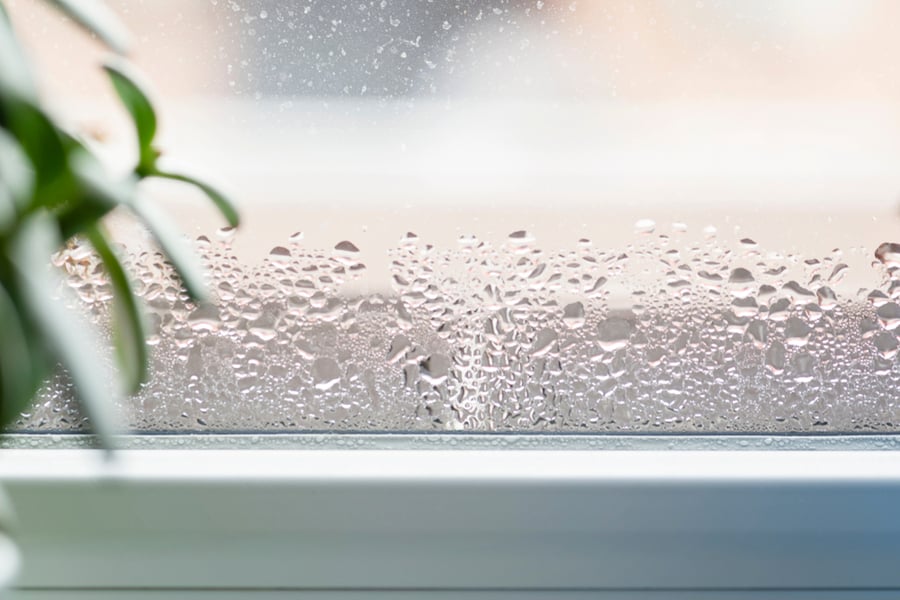
Your room’s humidity level significantly affects how quickly your dehumidifier fills up with water. If your living room or kitchen has high humidity levels, removing enough moisture to meet your desired setting would take the dehumidifier longer.
To reduce condensate build-up, we recommend all rooms should have a humidity level between 30% and 50%. If you have a portable device, moving the dehumidifier regularly to different rooms should help prevent high humidity levels.
2. Outside Humidity Level
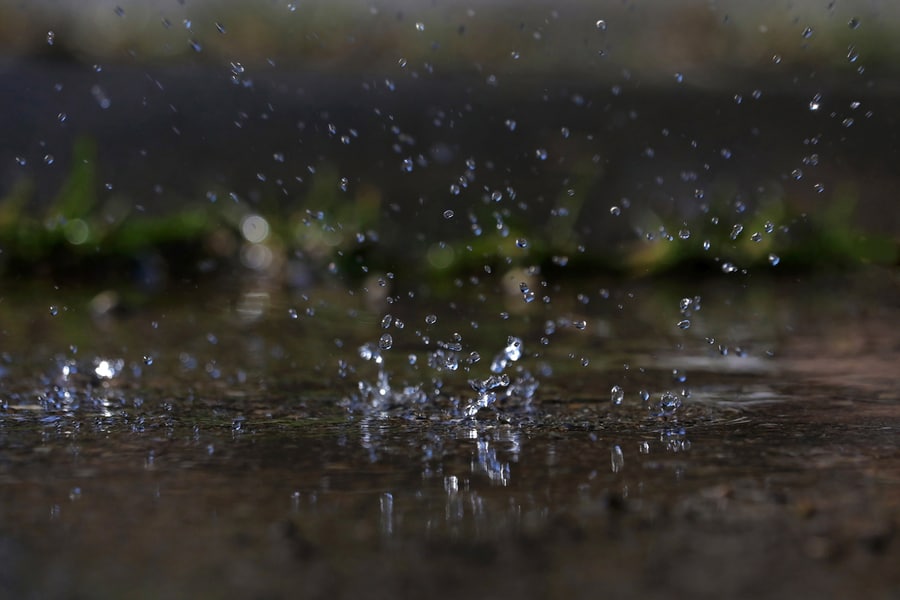
Furthermore, humidity levels around your area can determine your device’s filling rate. High-humidity regions, like forested or coastal areas, have a high-water vapor content.
The high moisture content can easily move into different rooms in your home, increasing its water-filling rate.
Though it might be hard to control outside humidity, there are a couple of things that you can do to help your dehumidifier work more efficiently and reduce its cycles.
An HVAC device or ceiling fan can help cool down the house and improve air circulation, reducing moisture in the air.
3. Faulty Fans
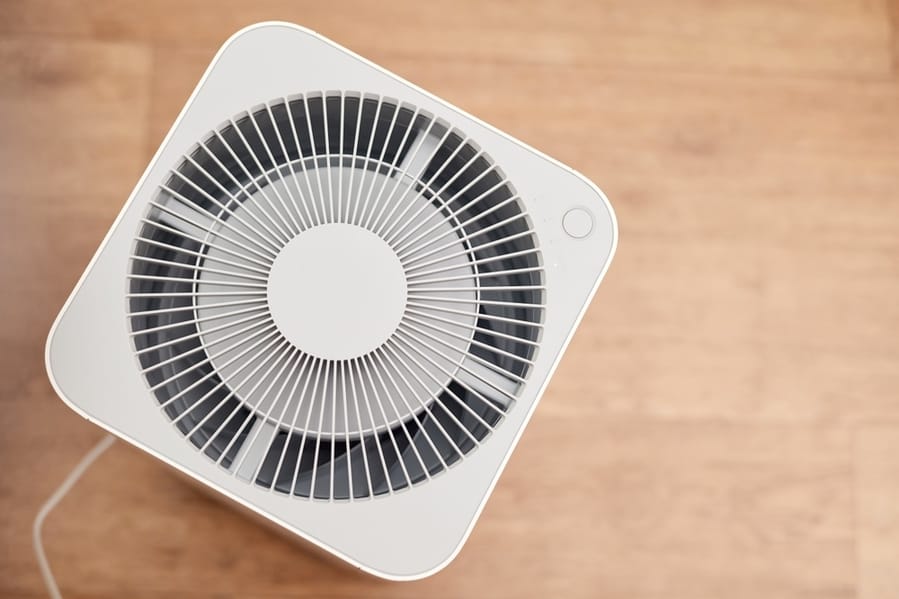
Faulty evaporator or condenser fans can also affect the rate a dehumidifier fills water. The evaporator fan draws air from the room and pushes it towards the evaporator for cooling.
On the other hand, the condenser fan blows air toward the condenser to carry away the heat left behind after cooling the refrigerant.
If the evaporator fan motor is damaged, the device cannot pull enough air toward the coils for heat transfer. This reduces the unit’s ability to dehumidify the room, leading to a slow filling rate.
In addition, if your condenser fan motor is defective, the condenser is not adequately cooled, leading to the hot coolant circulating to the evaporator coils.
In the process, the dehumidifier takes longer, removing moisture from the room and lower levels of water draining getting collected.
Malfunctioning fan motors can do a number to your dehumidifier. The appliance must run longer to dehumidify the room, causing more wear and tear. If you have a faulty motor, you should always call a professional to replace it.
If you need to replace parts in your unit, you should get an original equipment manufacturer (OEM) replacement. It ensures better comparability and reduces expensive repairs down the road.
4. Dehumidifier’s Capacity

Thirdly, your dehumidifier’s capacity and performance can cause a difference in filling rates. Dehumidifiers come in various sizes and capacities. The unit’s capacity is measured in the number of pints of moisture removed per 24 hours.
Large-capacity dehumidifiers are ideal for removing excess moisture in large rooms like living rooms or basements. However, installing these devices in small rooms can lead them to remove excess humidity faster and increase their filling rate.
Likewise, small-capacity units installed in large rooms would take longer to dehumidify, leading to slower water collection.
5. Blocked Air Filters

Blocked air filters can also affect the rate your unit fills up. This is because air filters trap dirt or debris before the air reaches the evaporator coils.
Over time, too much dust and pollen can block the filters, affecting air circulation in the device. In addition, if air does not reach the coils for cooling, it leads to dehumidification problems and a slower filling rate.
Cleaning your air filters can help improve your dehumidifier’s water collection. You can clean them using warm water with detergent or a vacuum.
6. Temperature

Likewise, the temperature around your residence determines how often your dehumidifier drains water into the condensate pan.
Dehumidifiers are more efficient at a temperature between 65°F and 80°F. However, if the temperature is higher or lower, the device struggles to perform as expected.
Generally, warm air holds more moisture content due to water vapor. Therefore, during the warm seasons, your dehumidifier takes longer to reach the desired temperature and increases the rate of water filling up the pan.
On the other hand, temperatures below 60°F can also significantly slow down the filling rate in your device.
Fortunately, cooling the room in warm weather can reduce moisture retention. In addition, a split AC can help reduce room temperature, leading to faster dehumidification.
However, turning on the house heater while running the dehumidifier during cold weather would be best.
7. Frozen Evaporator Coils
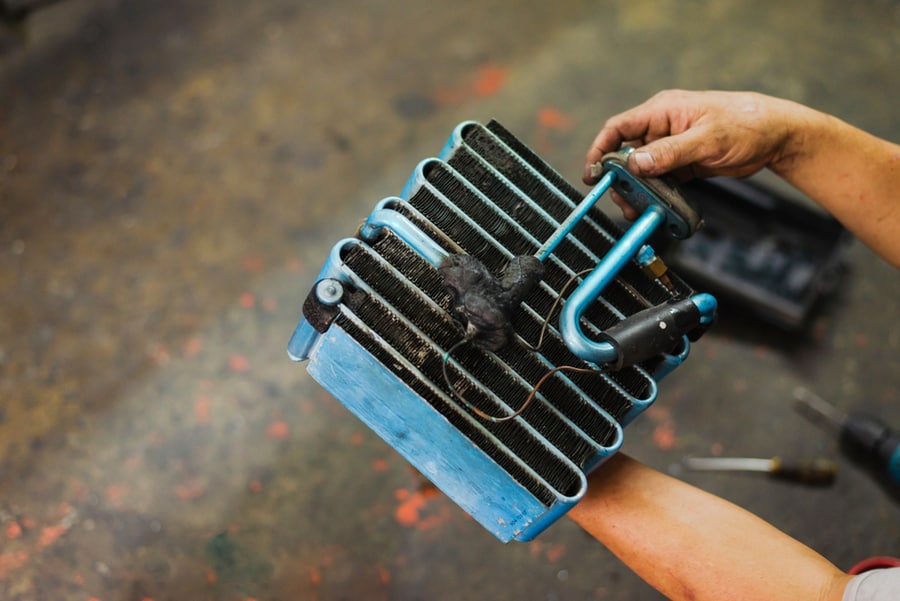
Likewise, if your dehumidifier’s evaporator coils are frozen, the device might have an issue filling up water.
As previously stated, the evaporator coils are responsible for dehumidifying the air. In the process, moisture condenses on the coils and drains into the collection pan.
However, if the evaporator coils get too cold, the excess condensation can start forming ice, leading to the coils freezing.
When the coils are frozen, the heat transfer is impaired, and dehumidification becomes a huge problem. This can cause the slow filling rate you notice in your unit.
Additionally, when the ice on the coils starts thawing, the water collected in the condensate pan increases. You might also notice a leak in your appliance.
To avoid water damage to your home, and expensive repairs to the house, you should have a technician inspect the dehumidifier and find the cause of your frozen coils.
Takeaway
Several factors can affect how quickly your dehumidifier collects and fills water. They include the humidity, temperature, and dehumidifier’s size.
Additionally, if your appliance has frozen evaporator coils, faulty fan motors, or blocked air filters can also be the issue.
If you notice that your dehumidifier is filling up water quickly, it indicates an underlying moisture problem or appliance issue that needs to be addressed.
Frequently Asked Questions
Do I Have To Drain a Dehumidifier?
Yes! Dehumidifiers must be drained to prevent water from freezing or leaking and causing water damage.
However, the method of draining depends on the model that you own. Some devices have a drain pipe or a condensate pump that removes water outside the house, while others need the pan to be manually drained.
What Happens if I Do Not Clean My Dehumidifier?
A dirty dehumidifier might have issues working effectively. First, clogged air filters can reduce heat transfer, causing the evaporator coils to freeze.
In addition, dirty condenser coils reduce the unit’s ability to release heat in the refrigerant.
In both cases, the dehumidifier will have to work harder to remove moisture in the air, leading to more wear and tear. Additionally, an overworking unit also reduces energy efficiency.

